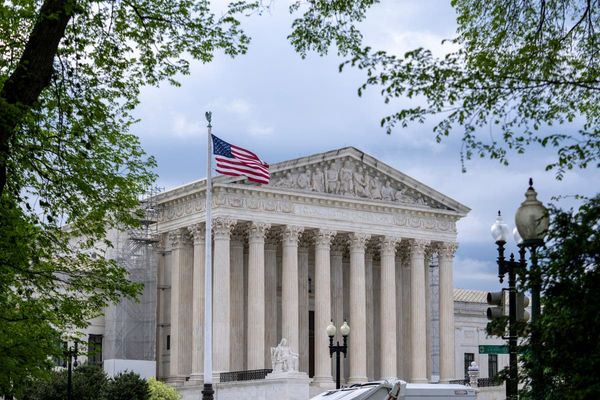
In February this year, a 2022 Ford Mustang Mach-E struck a stationary Honda CR-V on a Texas highway. The Honda driver sustained fatal injuries, while the Mach-E driver survived with minor injuries.
The impact was so severe that it transformed the CR-V into a mangled piece of metal and also caused significant damage to the front of the Mach-E, prompting an investigation by the National Transportation Safety Board (NTSB).
Get Fully Charged
Driving assistance systems under the microscope.
From misuse by drivers to misleading advertising by OEMs, driving assistance systems from Tesla and its rivals have prompted a string of federal investigations into the safety and feasibility of the technology.
Yesterday, the NTSB confirmed in a preliminary report that the Mach-E had BlueCruise activated during the crash. BlueCruise is Ford’s Level 2 driving assistance system, akin to Tesla’s Autopilot.
Ford claims that BlueCruise can function on 97% of controlled-access highways across the U.S. and Canada, encompassing over 130,000 miles.

According to the NTSB, the accident occurred on the night of February 24, 2024, on Interstate 10 (I-10) in San Antonio, Texas. The CR-V was stationary in the center of the highway with a 56-year-old driver inside—its tail and hazards lights apparently off.
The Mach-E, presumed to be traveling at the posted speed limit of 70 miles per hour, rear-ended the CR-V, causing it to overturn and be thrown into the left lane.
A witness informed the NTSB that she noticed the stationary CR-V while driving in the center lane of the highway. She immediately switched lanes to avoid colliding with the SUV and confirmed that its tail or hazard lights were not on.
Shortly after, she saw another car rear-end the SUV through her rearview mirror. The NTSB stated that the weather was clear, and this specific section of the highway was illuminated.
The "hands-free" system, as per Ford's description, is intended to "reduce driving stress." Once engaged, it can take over acceleration, braking, and steering on specific highways across North America.
However, the system falls under the Level 2 classification from the globally recognized engineering standards organization, SAE International. Level 2 systems, by definition, require constant driver supervision and readiness to take control at all times.
This crash is the first of the two ongoing NTSB investigations into the Mach-E’s driving assistance system. The second crash took place in Philadelphia, where a Mach-E suspected of driving with BlueCruise activated struck a stationary Hyundai Elantra and Toyota Prius, killing both their drivers.
As an increasing number of EVs equipped with driving assistance systems are pouring onto the roads, we’re seeing more such incidents—several investigations involving Tesla’s Autopilot and Full-Self Driving systems are also underway.







